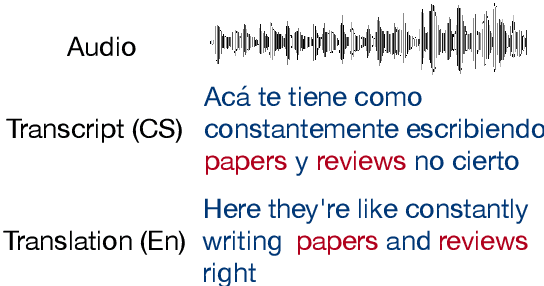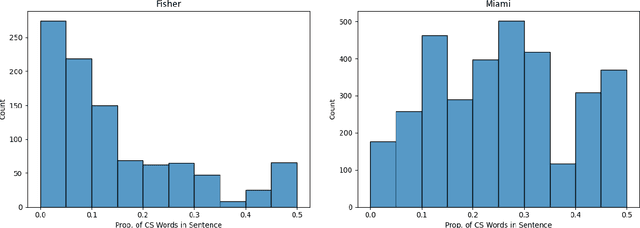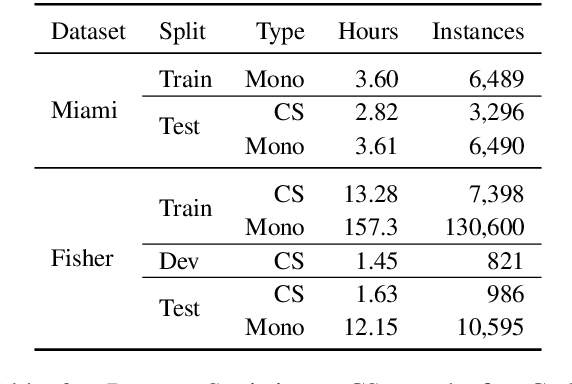Telmo Pires
SaulLM-54B & SaulLM-141B: Scaling Up Domain Adaptation for the Legal Domain
Jul 28, 2024



Abstract:In this paper, we introduce SaulLM-54B and SaulLM-141B, two large language models (LLMs) tailored for the legal sector. These models, which feature architectures of 54 billion and 141 billion parameters, respectively, are based on the Mixtral architecture. The development of SaulLM-54B and SaulLM-141B is guided by large-scale domain adaptation, divided into three strategies: (1) the exploitation of continued pretraining involving a base corpus that includes over 540 billion of legal tokens, (2) the implementation of a specialized legal instruction-following protocol, and (3) the alignment of model outputs with human preferences in legal interpretations. The integration of synthetically generated data in the second and third steps enhances the models' capabilities in interpreting and processing legal texts, effectively reaching state-of-the-art performance and outperforming previous open-source models on LegalBench-Instruct. This work explores the trade-offs involved in domain-specific adaptation at this scale, offering insights that may inform future studies on domain adaptation using strong decoder models. Building upon SaulLM-7B, this study refines the approach to produce an LLM better equipped for legal tasks. We are releasing base, instruct, and aligned versions on top of SaulLM-54B and SaulLM-141B under the MIT License to facilitate reuse and collaborative research.
Non-Autoregressive Neural Machine Translation: A Call for Clarity
May 21, 2022

Abstract:Non-autoregressive approaches aim to improve the inference speed of translation models by only requiring a single forward pass to generate the output sequence instead of iteratively producing each predicted token. Consequently, their translation quality still tends to be inferior to their autoregressive counterparts due to several issues involving output token interdependence. In this work, we take a step back and revisit several techniques that have been proposed for improving non-autoregressive translation models and compare their combined translation quality and speed implications under third-party testing environments. We provide novel insights for establishing strong baselines using length prediction or CTC-based architecture variants and contribute standardized BLEU, chrF++, and TER scores using sacreBLEU on four translation tasks, which crucially have been missing as inconsistencies in the use of tokenized BLEU lead to deviations of up to 1.7 BLEU points. Our open-sourced code is integrated into fairseq for reproducibility.
End-to-End Speech Translation for Code Switched Speech
Apr 11, 2022



Abstract:Code switching (CS) refers to the phenomenon of interchangeably using words and phrases from different languages. CS can pose significant accuracy challenges to NLP, due to the often monolingual nature of the underlying systems. In this work, we focus on CS in the context of English/Spanish conversations for the task of speech translation (ST), generating and evaluating both transcript and translation. To evaluate model performance on this task, we create a novel ST corpus derived from existing public data sets. We explore various ST architectures across two dimensions: cascaded (transcribe then translate) vs end-to-end (jointly transcribe and translate) and unidirectional (source -> target) vs bidirectional (source <-> target). We show that our ST architectures, and especially our bidirectional end-to-end architecture, perform well on CS speech, even when no CS training data is used.
How multilingual is Multilingual BERT?
Jun 04, 2019



Abstract:In this paper, we show that Multilingual BERT (M-BERT), released by Devlin et al. (2018) as a single language model pre-trained from monolingual corpora in 104 languages, is surprisingly good at zero-shot cross-lingual model transfer, in which task-specific annotations in one language are used to fine-tune the model for evaluation in another language. To understand why, we present a large number of probing experiments, showing that transfer is possible even to languages in different scripts, that transfer works best between typologically similar languages, that monolingual corpora can train models for code-switching, and that the model can find translation pairs. From these results, we can conclude that M-BERT does create multilingual representations, but that these representations exhibit systematic deficiencies affecting certain language pairs.
 Add to Chrome
Add to Chrome Add to Firefox
Add to Firefox Add to Edge
Add to Edge